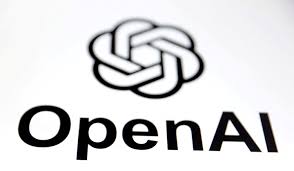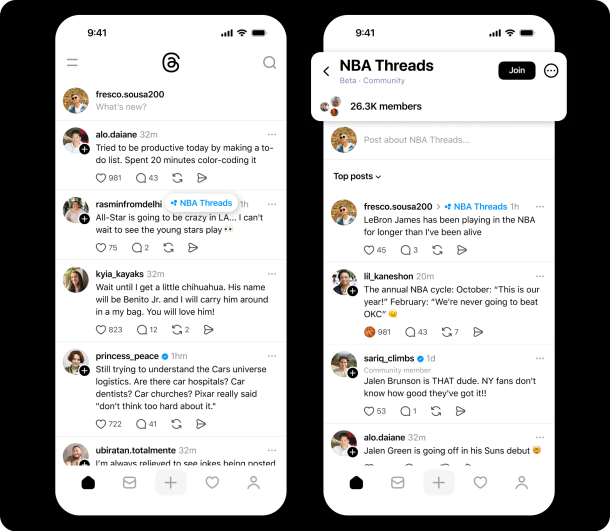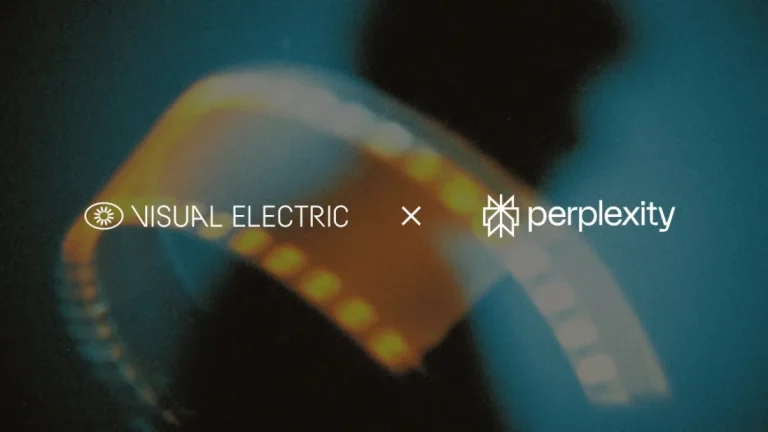
The Allen Institute for AI (Ai2), a nonprofit organization dedicated to advancing artificial intelligence research, has just unveiled a new open-source model called Olmo 2 1B. This AI model contains 1 billion parameters, the components that essentially shape how the model understands and responds to data. Despite its relatively small size compared to today’s massive models, Olmo 2 1B has proven to be a serious contender, outperforming similarly sized offerings from tech giants like Google (Gemma 3 1B), Meta (Llama 3.2 1B), and Alibaba (Qwen 2.5 1.5B) in several key benchmarks.
According to TechCrunch, one of the standout features of Olmo 2 1B is its open accessibility. Released under the permissive Apache 2.0 license on Hugging Face, it is one of the rare models that can be completely recreated from scratch. Ai2 has made its full training code and data sets — specifically, Olmo-mix-1124 and Dolmino-mix-1124 — available to the public. This level of transparency is not common in the AI space, where many companies keep training data and methodologies under wraps.
What sets small models like Olmo 2 1B apart isn’t just their performance—it’s their efficiency and accessibility. These lightweight models don’t require high-end, expensive hardware to run, making them an ideal choice for developers working with consumer-grade laptops or mobile devices. This trend has been growing rapidly, with several new small models released recently, including Microsoft’s Phi 4 and Qwen’s 2.5 Omni 3B.
Olmo 2 1B was trained on an expansive dataset totaling 4 trillion tokens, sourced from a mix of publicly available texts, AI-generated data, and human-curated content. In tasks such as arithmetic reasoning (GSM8K) and factual accuracy (TruthfulQA), the model not only held its own but also surpassed many competitors.
However, Ai2 has issued a word of caution. Like all AI systems, Olmo 2 1B is not immune to generating inaccurate, sensitive, or harmful outputs. Because of these potential risks, the institute advises against using the model in commercial applications. While it opens up exciting possibilities for research and experimentation, responsible use and awareness of its limitations are essential.






